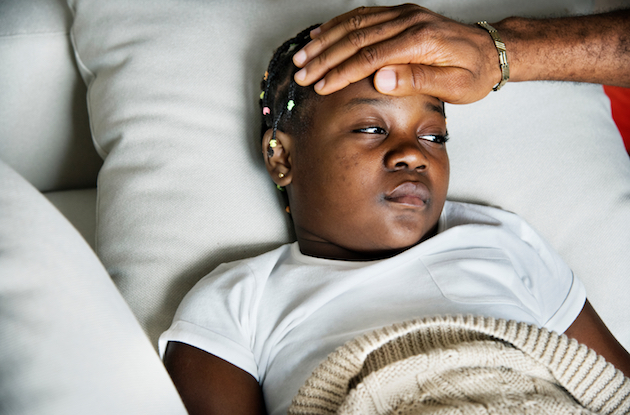According to a recent study by the CDC (Centers for Disease Control and Prevention), COVID-19 has disproportionately killed more Black and Hispanic children than White children.
Although children are far less likely to die from coronavirus than adults, they can still be affected by its symptoms, such as PMIS. For the study, the CDC tracked pediatric coronavirus cases from February 12 to July 31, which revealed that there have been at least 391,814 cases and 121 deaths in people under 21-years-old. Of those deaths, the CDC reported that despite Black, Hispanic, and Native American children accounting for 41% of the U.S population under 21, they made up 75% of the deaths in children under 21 years.
The CDC’s report is similar to a previous study the CDC did on the higher COVID-19 death rates for minority groups under 65 than for White Americans, despite having a smaller population. The CDC noted that the disparity in coronavirus deaths is due to racial discrimination and inequalities in healthcare, wealth, and “food and housing insecurity.” It was also noted that parents of minority children are more likely to be essential workers who don’t have the luxury of working from home, which puts them and their children at a higher risk for contracting coronavirus.
“Disparities in social determinants of health, such as crowded living conditions, food and housing insecurity, wealth and educational gaps, and racial discrimination, likely contribute to racial and ethnic disparities in COVID-19 and MIS-C incidence and outcomes,” reads the report. “Finally, higher rates of adverse outcomes among racial and ethnic minorities are likely related to challenges in seeking care for various reasons, including difficulty and delays in accessing health care services because of lack of insurance, child care, transportation, or paid sick leave, and social determinants of health that contribute to higher prevalence of medical conditions.”
To prevent more disproportionate COVID-19 deaths, the CDC’s report concluded that health departments, health providers, and community partners must “mobilize to remove systemic barriers that contribute to health disparities.”







